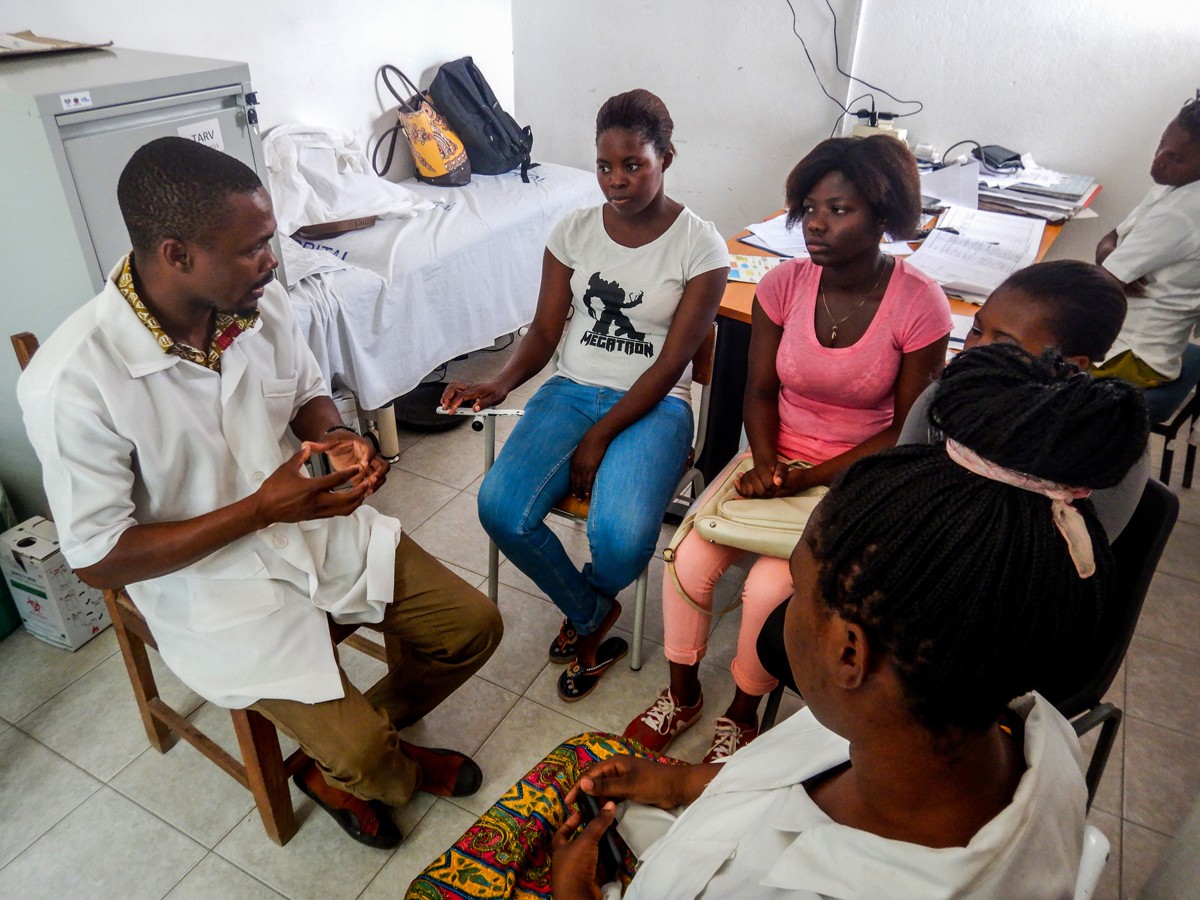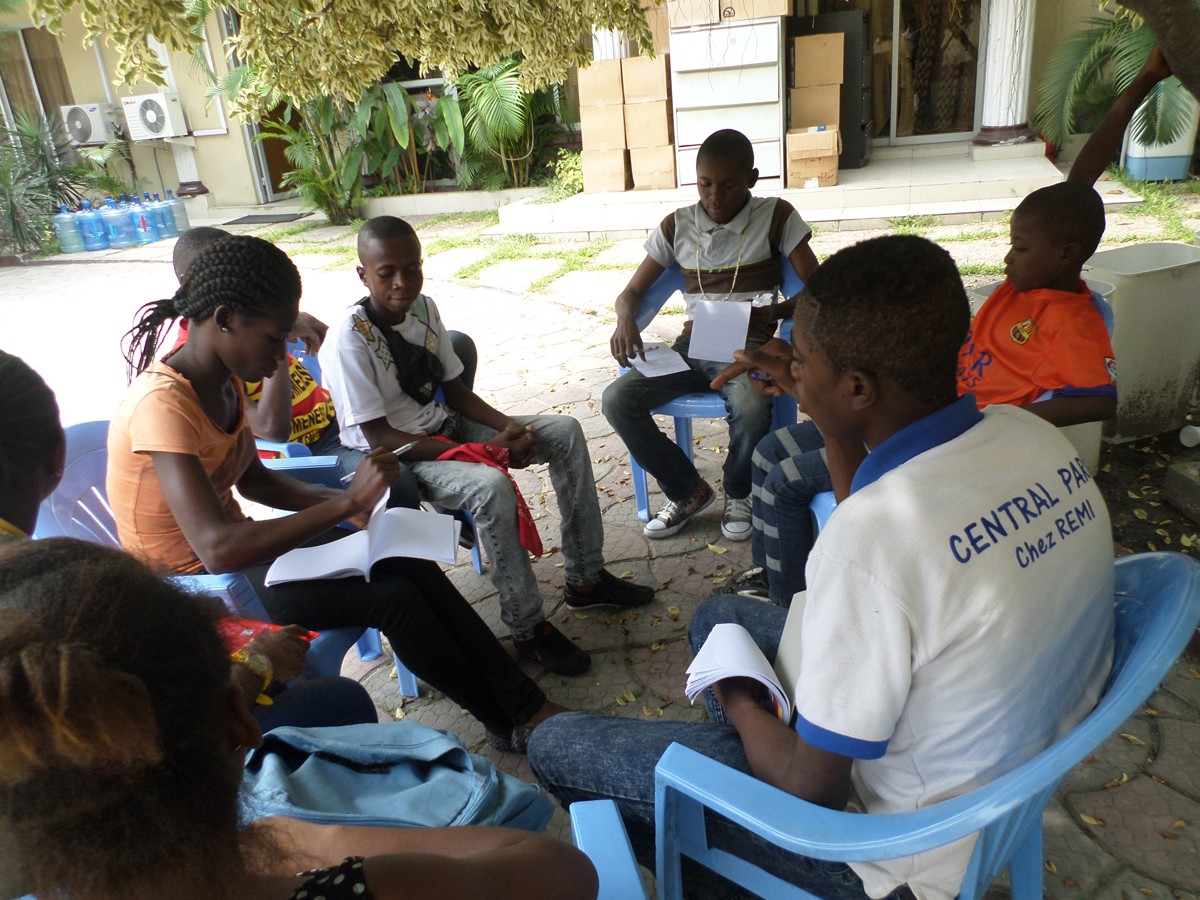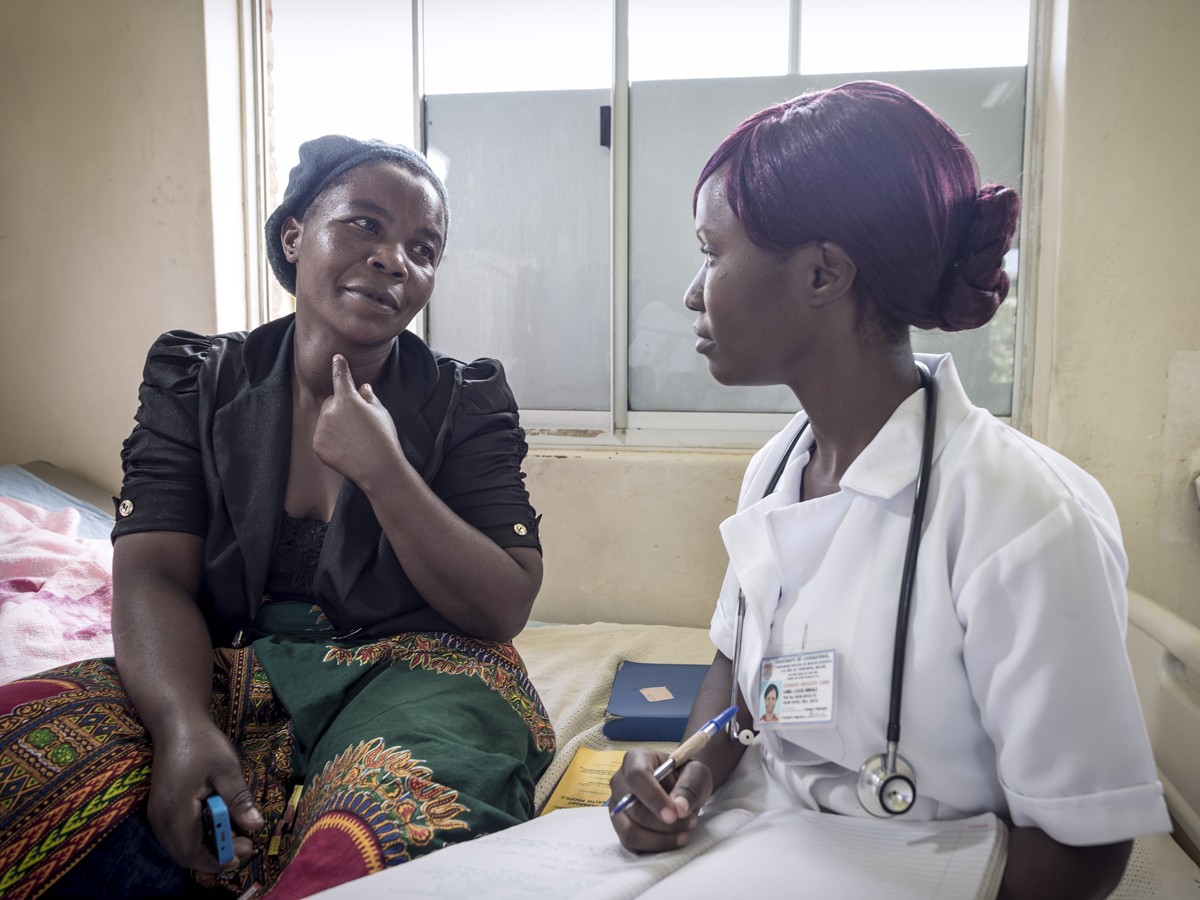Authors:
Abstract:
Most people living with HIV (PLHIV) established on treatment in Zambia receive multi-month prescribing and dispensing (MMSD) antiretroviral therapy (ART) and are enrolled in less-intensive differentiated service delivery (DSD) models such as Fast Track (FT), where clients collect ART every 3-6 months and make clinical visits every 6 months. In 2019, Zambia introduced Isoniazid Preventive Therapy (IPT) with scheduled visits at 2 weeks and 1, 3, and 6 months. Asynchronous IPT and HIV appointment schedules were inconvenient and not client centered. In response, we piloted integrated MMSD/IPT in FT HIV treatment model. We implemented and evaluated a proof-of-concept project at one purposively selected high-volume facility in Lusaka, Zambia between July 2019 and May 2020. We sensitized stakeholders, adapted training materials, standard operating procedures, and screened adults in FT for TB as per national guidelines. Participants received structured TB/IPT education, 6-month supply of isoniazid and ART, aligned 6th month IPT/MMSD clinic appointment, and phone appointments at 2 weeks and months 1-5 following IPT initiation. We used descriptive statistics to characterize IPT completion rates, phone appointment keeping, side effect frequency and Fisher’s exact test to determine variation by participant characteristics. Key lessons learned were synthesized from monthly meeting notes. 1,167 clients were screened with 818 (70.1%) enrolled, two thirds (66%) were female and median age 42 years. 738 (90.2%) completed 6-month IPT course and 66 (8.1%) reported IPT-related side effects. 539 clients (65.9%) attended all 7 telephone appointments. There were insignificant differences of outcomes by age or sex. Lessons learnt included promoting project ownership, client empowerment, securing supply chain, adapting existing processes, and cultivating collaborative structured learning. Integrating multi-month dispensing and telephone follow up of IPT into the FT HIV treatment model is a promising approach to scaling-up TB preventive treatment among PLHIV, although limited by barriers to consistent phone access.








